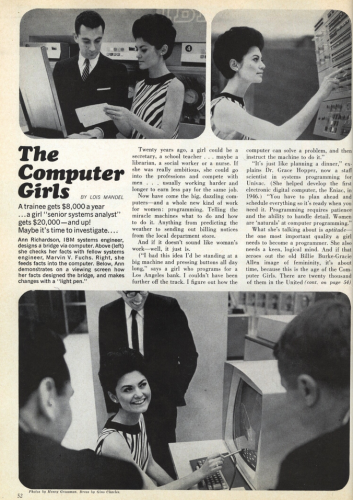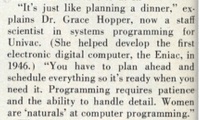Back in February I went ahead and built myself a website highlighting, well, myself. And I will admit to, on occasion, indulging my curiosity regarding how often it’s visited and what visitors are looking at. So yesterday I was browsing the site stats and noticed that there was data on how often each clickable thing was clicked on, including images, tabs, links, and documents I’d uploaded; stuff like that. I thought, huh, well I wonder? Are people checking out my classes? Downloading my journal articles? Are they interested in my public speaking!? That’d be so cool!
Lo and behold. The most clicked upon clickable thing on my website is the Sociological Images tab. Yay! The second most clicked upon thing? My photograph.
This is kind of fascinating. What drives people not just to look at my photograph, but to want to look at it up close? What kind of information are they trying to glean, not from the articles I’ve written or material I teach, but from the gleam in my eye? Is it “human nature” to want to see people you’re interacting with, even on the internet? Is it the cultural imperative to have an opinion on what women look like? Something else?
And if I’m going to speculate as to the motivations of visitors, I should ask myself the obvious questions. Why did I upload photographs of myself at all? Four of them! Why do I think that it’s important to be embodied on, let’s face it, a website with a great deal of highly abstracted content? Do I think it looks “professional”? Do I think photographs make me more relate-able? Am I bowing to the cultural imperative that women present their bodies for judgment? I don’t know!
I didn’t think much of it at the time.
Lisa Wade, PhD is an Associate Professor at Tulane University. She is the author of American Hookup, a book about college sexual culture; a textbook about gender; and a forthcoming introductory text: Terrible Magnificent Sociology. You can follow her on Twitter and Instagram.














